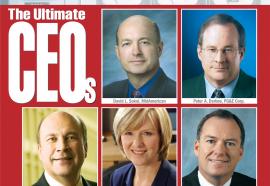Securing Tomorrow's Grid (Part I)
Protecting smart systems against cyber threats.
Smart grid technologies bring a host of cyber security considerations that need to be addressed throughout the T&D domain—and even into the customer’s home. In this exclusive report, Department of Energy authors team up with industry experts to examine how to deal with the changes and challenges of securing the smart grid.







